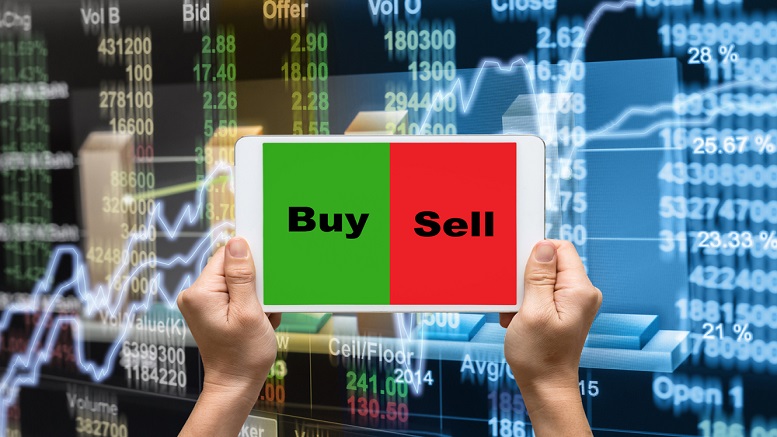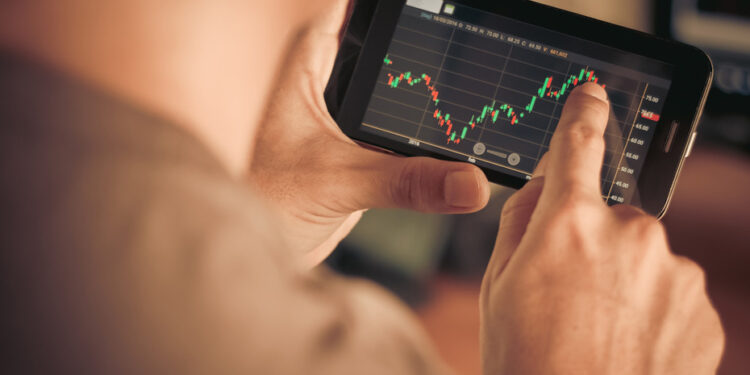Introduction
Online trading is continuing to evolve, and the most dynamic change has been the rise of mobile trading. Previously, traders had to access their trading platforms through their home computers, but now there is much greater flexibility.
This is essential if one is a trader who lives in a remote location or spends a lot of time traveling, as they can use their smartphone to make trades wherever they are.
The increasing popularity of mobile trading has made it easier than ever for traders to track price movements and place orders.
The percentage of mobile trading, or deals made through smartphones, is steadily increasing, making up almost one-fifth of all trades made in the cash category as of December 2021.
This is significant since an increase in mobile trading demonstrates that retail investors are participating in the market even more.

What is a trading account?
A trader needs a Demat and a Trading account to invest in the share market.
The shares and securities are kept in a Demat account and purchased or sold using a Trading account. In other words, a Trading account is where the real trades happen.
Traders utilize trading accounts, which are online investment accounts, to buy securities and track deals.
Technology has brought about a revolution. In addition, brokers introduced mobile applications, which was the icing on the cake. For every person in India, using a mobile application has made the practice of stock trading easier.
For instance, BFSL’s trading app, BFSLTRADE, created for stock market trading and investing, has evolved into a one-stop shop for investors and traders.
How to use the mobile app to log into your trading account?
A trader can use the mobile app to log into their trading account in the following manner:
- Traders must first download the BFSLTRADE app from the Playstore or AppStore before they can begin trading.
- To open the trader app, click on the icon and wait.
- Once the app opens, click on login.
- Now, the page will ask the trader to enter the User ID, password, and PAN Number. Following account opening, one would have gotten a login ID and password. Check the registered email and mobile number to see if the broker has sent any correspondence.
- Explore the platform after logging into the account and moving around the screen. Check what emerges by clicking on the buttons or menu.
Moreover, it is critical to change the password that the trader has received from the broker.
Is it advisable to begin trading using your smartphone?
Using smartphones to begin trading is great because of the following reasons:
- Anyone anywhere can access the stock market using the mobile app. People in rural areas can also trade easily, as even a basic smartphone offers access to a trading platform for those without access to a computer.
- Through the smartphone, the apps enable easy money transfers from the bank account to the trading account and vice versa. This ensures that one never loses a trade opportunity because they do not have enough money in their ledger.
- Brokers who offer web-based trading services are also eligible to offer services for mobile trading.
- On their mobile trading platforms, brokers impose competitive rates with those imposed on web-based platforms.
- Furthermore, other technologies are being incorporated into mobile trading platforms as they develop, giving consumers access to more features.
- Mobile apps provide automated trading features that give a person the chance to trade automatically. One can sit back and let the system do its job. This feature removes the risk of human error in trading.
Conclusion
Although mobile apps are convenient and offer great features, they must be approached cautiously. App developers, especially those who create fraudulent apps, always look for ways to steal one’s personal information.
Make sure to download apps from trusted sites. Always install apps from official websites or Google Play, or Apple Store. Also, never share login details with anyone. Never give away passwords; always log off from the device after completing transactions.
